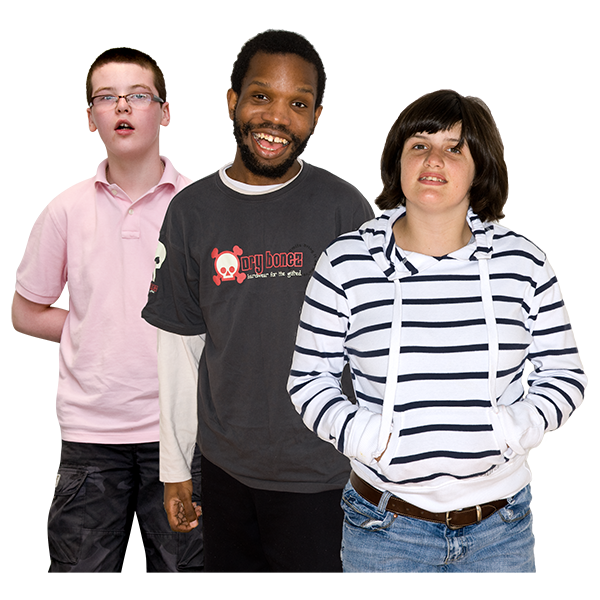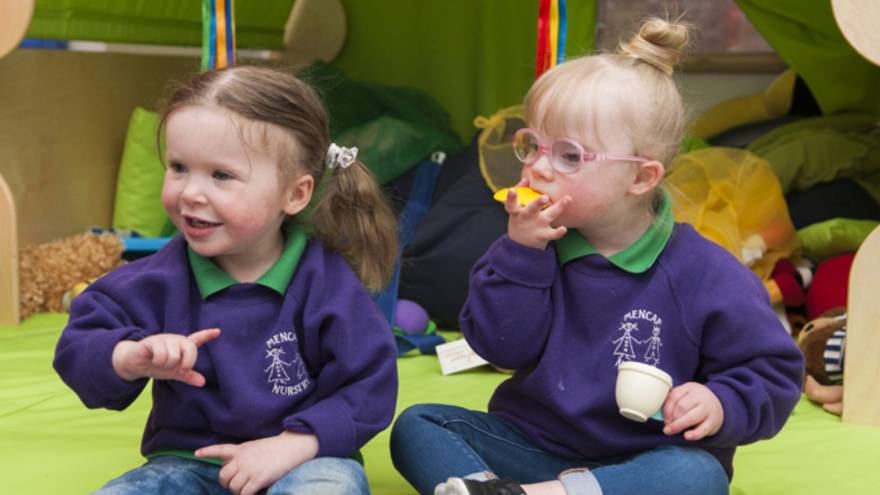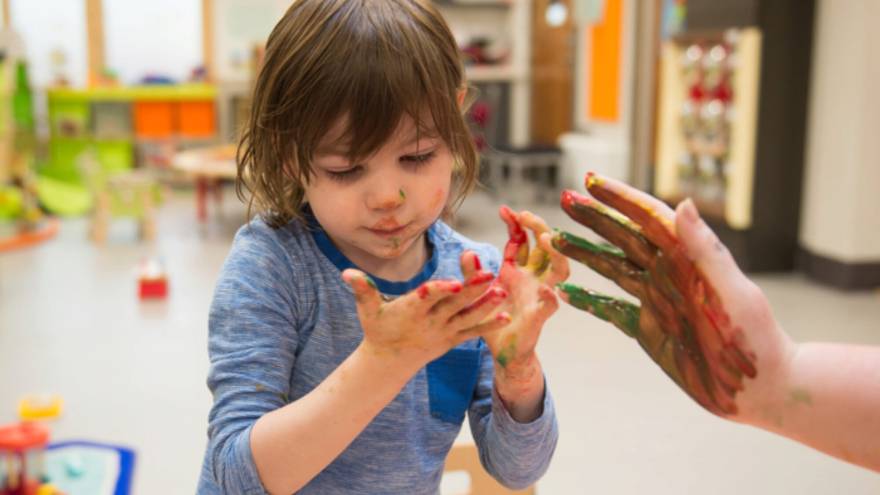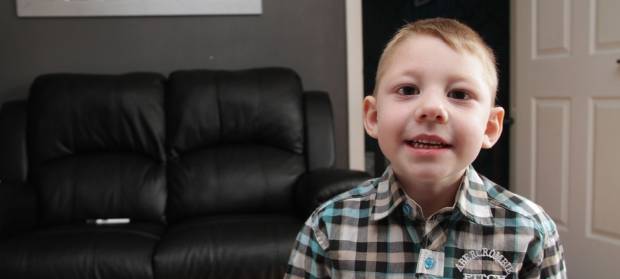A
learning disability
 A learning disability is to do with the way someone's brain works. It makes it harder for someone to learn, understand or do things.
is a reduced intellectual ability and difficulty with everyday activities - for example household tasks, socialising or managing money - which affects someone for their whole life.
A learning disability is to do with the way someone's brain works. It makes it harder for someone to learn, understand or do things.
is a reduced intellectual ability and difficulty with everyday activities - for example household tasks, socialising or managing money - which affects someone for their whole life.
People with a learning disability ten to take longer to learn and may need support to develop new skills, understand complicated information and interact with other people.
The level of support someone needs depends on the individual. For example, someone with a mild learning disability may only need support with things like getting a job. However, someone with a severe or profound learning disability may need full time care and support with every aspect of their life. They may also have physical disabilities.

Conditions associated with learning disability
As well as having a learning disability, a lot of people have other physical or emotional conditions, and may receive more than one diagnosis.
This could have an impact on the kind of support they and their families need in their day-to-day life. You can find out more about some of the conditions that are closely associated with learning disability below.
What can cause a learning disability?
Several things can cause a learning disability. A learning disability occurs when the brain is still developing (before, during or soon after birth).
Before birth things can happen to the central nervous system (the brain and spinal cord) that can cause a learning disability. A child can be born with a learning disability if the mother has an accident or illness while she is pregnant, or if the unborn baby develops certain genes. Genes are chemicals in our bodies that contain information about us, like how we look.
A person can be born with a learning disability if he or she does not get enough oxygen during childbirth, has trauma to the head, or is born too early.
After birth, a learning disability cane be caused by early childhood illnesses, accidents and seizures.
What learning disability means
We asked people with a learning disability, as well as parents and carers, to describe what learning disability means to them in their own words.
This is what they had to say.
Facts and figures
Here are some useful statistics around learning disability:
-
Just 1 in 3 people with a learning disability take part in some form of education or training
-
40% of disabled children live in poverty
-
75% of GPs have received no training to help them treat people with a learning disability
-
50,000 adults with a learning disability are support by day care services

Learning disability explained
Find out more about learning disability in our Learning disability explained section on the main Mencap
website
 A website is a page you can go to on the internet like Google or YouTube.
.
A website is a page you can go to on the internet like Google or YouTube.
.
Here you will find details of specific conditions as well as resources for healthcare professionals and employers.
